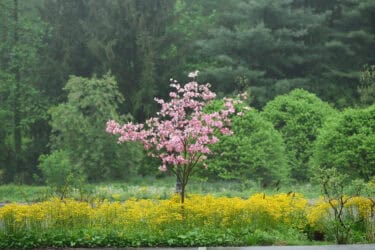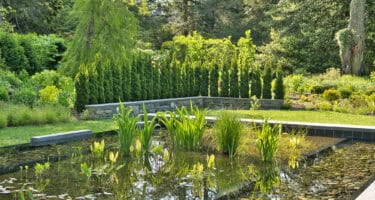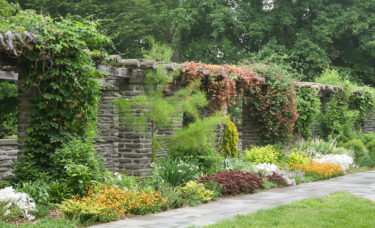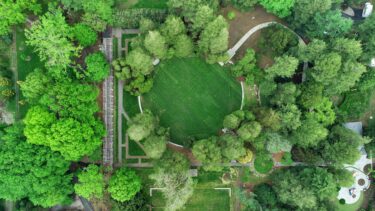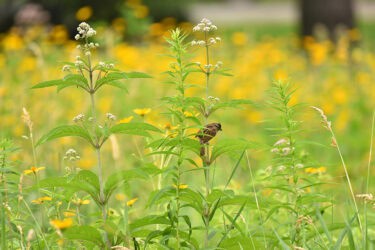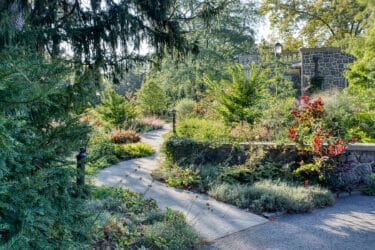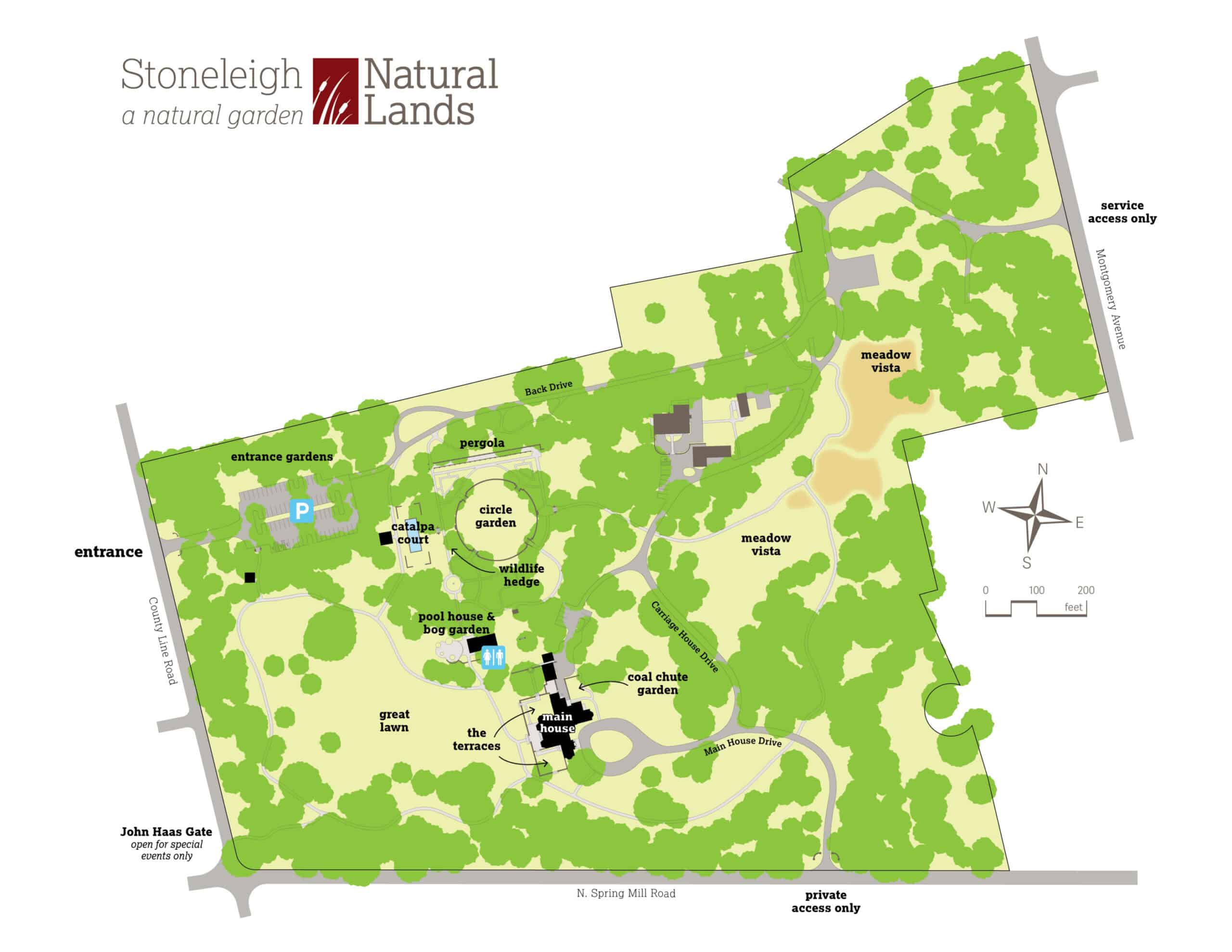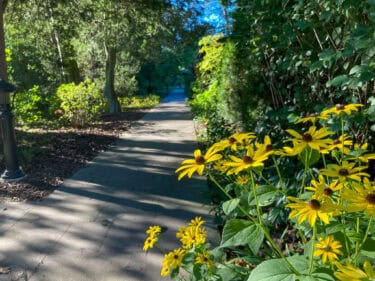
Samantha Nestory
Hedges are import elements of landscape design; they provide screening, direct movement, define spaces, and suggest boundaries. Stoneleigh’s hedge is an unconventional interpretation of this classic garden feature.
Instead of using one species—such as arborvitae—we have planted dozens of varieties of native trees, shrubs, perennials, and vines. This diverse plant palette not only offers more color, texture, and beauty throughout the year but also provides important shelter, nesting areas, and sources of food for songbirds, small mammals, insects, and other wildlife.
Hedged to eight feet tall, this garden feature’s plant variety adds to its wildlife benefits and makes it more resistant to disease than a single specimen hedge.


